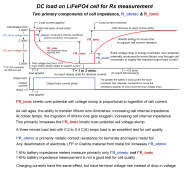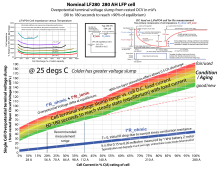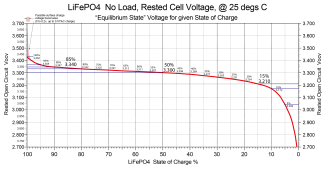hackenstein
New Member
- Joined
- Mar 29, 2022
- Messages
- 69
Hi all,
I went to my cottage to bring my batteries back home to rebalance them. It is winter here. I know they should not be stored for too long in cold. They had 3v when I checked in december. Now they have between 1 to 2,3v. Are they completely destroyed? It is total 8 batteries.
I went to my cottage to bring my batteries back home to rebalance them. It is winter here. I know they should not be stored for too long in cold. They had 3v when I checked in december. Now they have between 1 to 2,3v. Are they completely destroyed? It is total 8 batteries.





